The drug gabapentin, currently prescribed to control seizures and reduce nerve pain, may enhance recovery of movement after a stroke by helping neurons on the undamaged side of the brain take up the signaling work of lost cells, new research in mice suggests.
Tag: Neurons
Neuromorphic memory device simulates neurons and synapses
Researchers have reported a nano-sized neuromorphic memory device that emulates neurons and synapses simultaneously in a unit cell, another step toward completing the goal of neuromorphic computing designed to rigorously mimic the human brain with semiconductor devices.
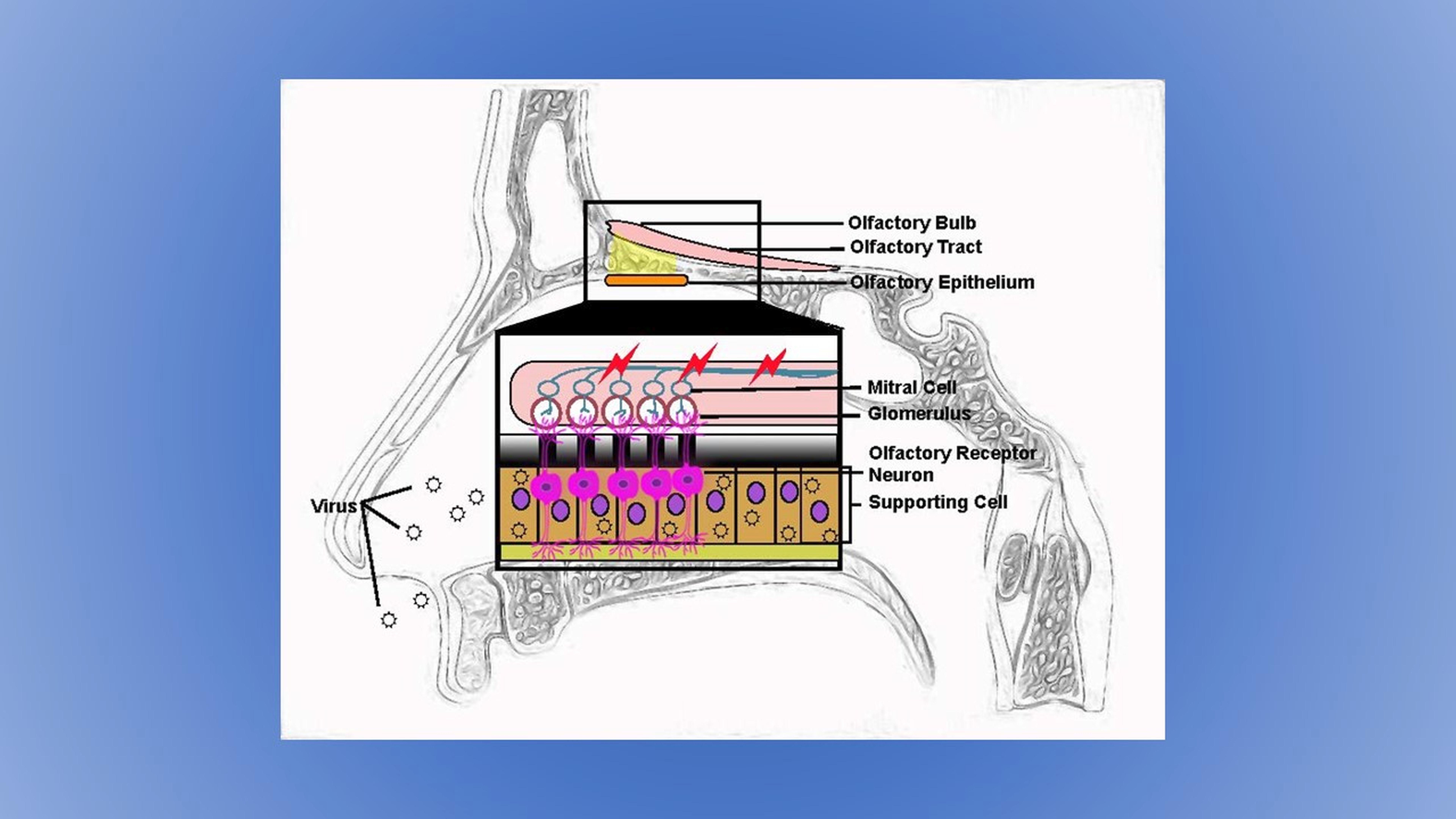
Inflammation, Rather Than Virus Provoking It, May Be Key to COVID-19 Loss of Smell
Johns Hopkins Medicine-led study finds inflammation-caused nerve damage weakens odor signals to the brain
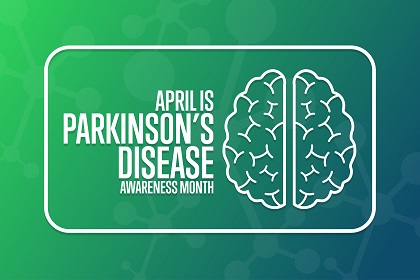
April is Parkinson’s Disease Awareness Month
Parkinson’s Disease Awareness month is dedicated to raising awareness and support for patients suffering from this progressive brain disorder. Learn more about Parkinson’s disease, treatment options and support for those with Parkinson’s.
UC San Diego-Led Team Receives $9M to Advance Parkinson’s Disease Treatments
A new $9 million grant from Aligning Science Across Parkinson’s (ASAP) will enable advancement of UC San Diego’s discovery that inhibiting a single gene in mice converts other cell types directly into new neurons, alleviating all Parkinson’s symptoms.
Scientists uncover a gene involved in sexual conflict in fruit flies
Sexual conflict in fruit flies is governed by specifically wired neurons in the brain which have been pinpointed by scientists at the University of Birmingham, UK.
Focused Ultrasound Breakthroughs from the Summer of 2021
Here are eight amazing developments in the use of Focused Ultrasound from just the last three months, including: treating cancerous tumours, triggering the targeted release of medicine in the body, immunotherapy, and pain management. See more in the Focused Ultrasound Channel
Hopkins Med News Update
NEWS STORIES IN THIS ISSUE:
-Study: Race and Ethnicity May Impact Prevalence and Treatment of Heart Valve Dysfunction
-Johns Hopkins Medicine Suggests Eliminating Nerve Cell Protein May Stop ALS, Dementia
-Researchers Tell Doctors to Avoid Routine Urinary Tests for Older Patients with Delirium
-Johns Hopkins Medicine Researchers Show How Air Pollution May Cause Chronic Sinusitis
-Researchers ID Location on Brain Protein Linked to Parkinson’s Disease Development
-COVID-19 News: The Return of Onsite Schooling — and How to Keep Your Kids Safe from COVID
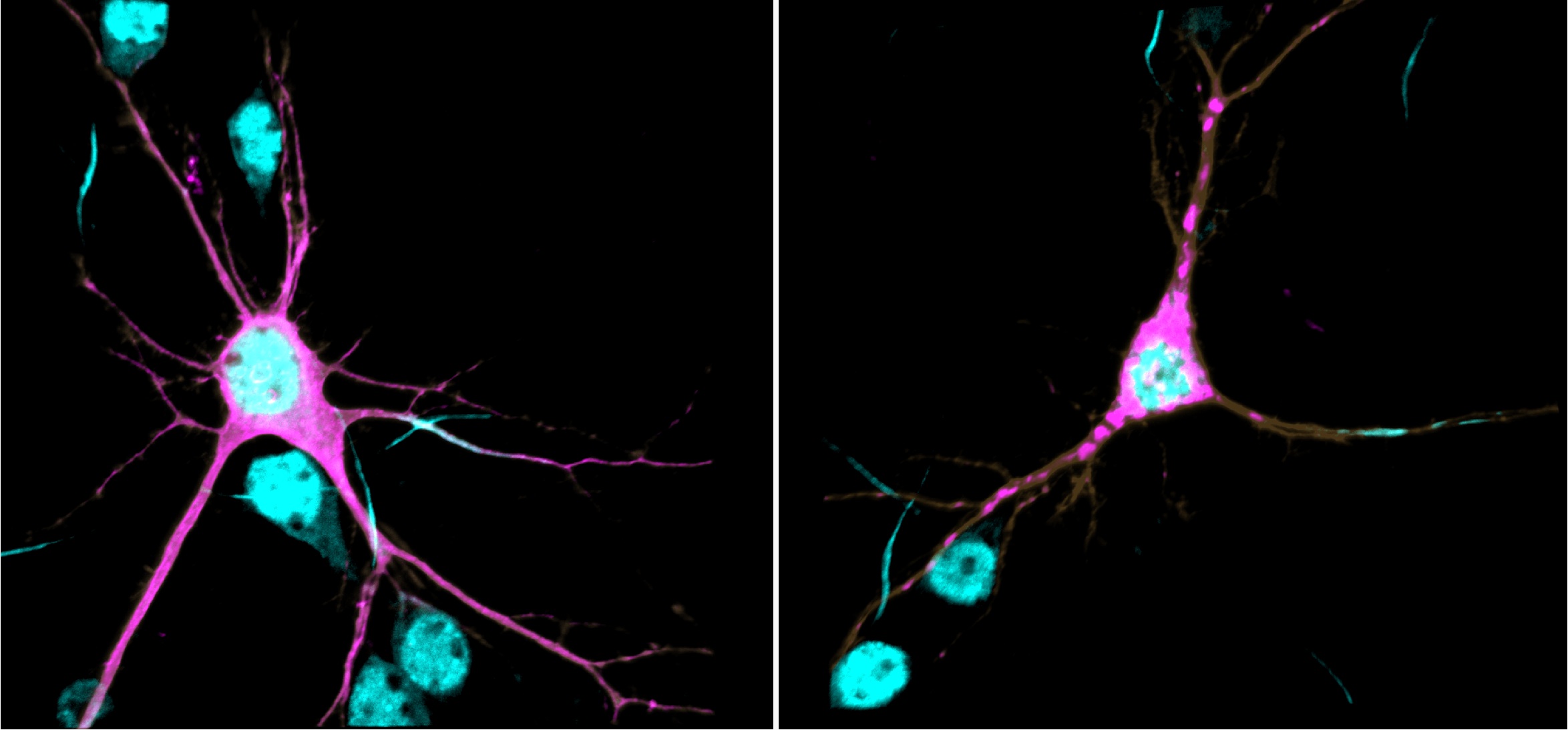
Scientists Find Genetic Cause, Underlying Mechanisms of New Neurodevelopmental Syndrome
UNC School of Medicine scientists have demonstrated that variants in the SPTBN1 gene can alter neuronal architecture, dramatically affecting their function and leading to a rare, newly defined neurodevelopmental syndrome in children.
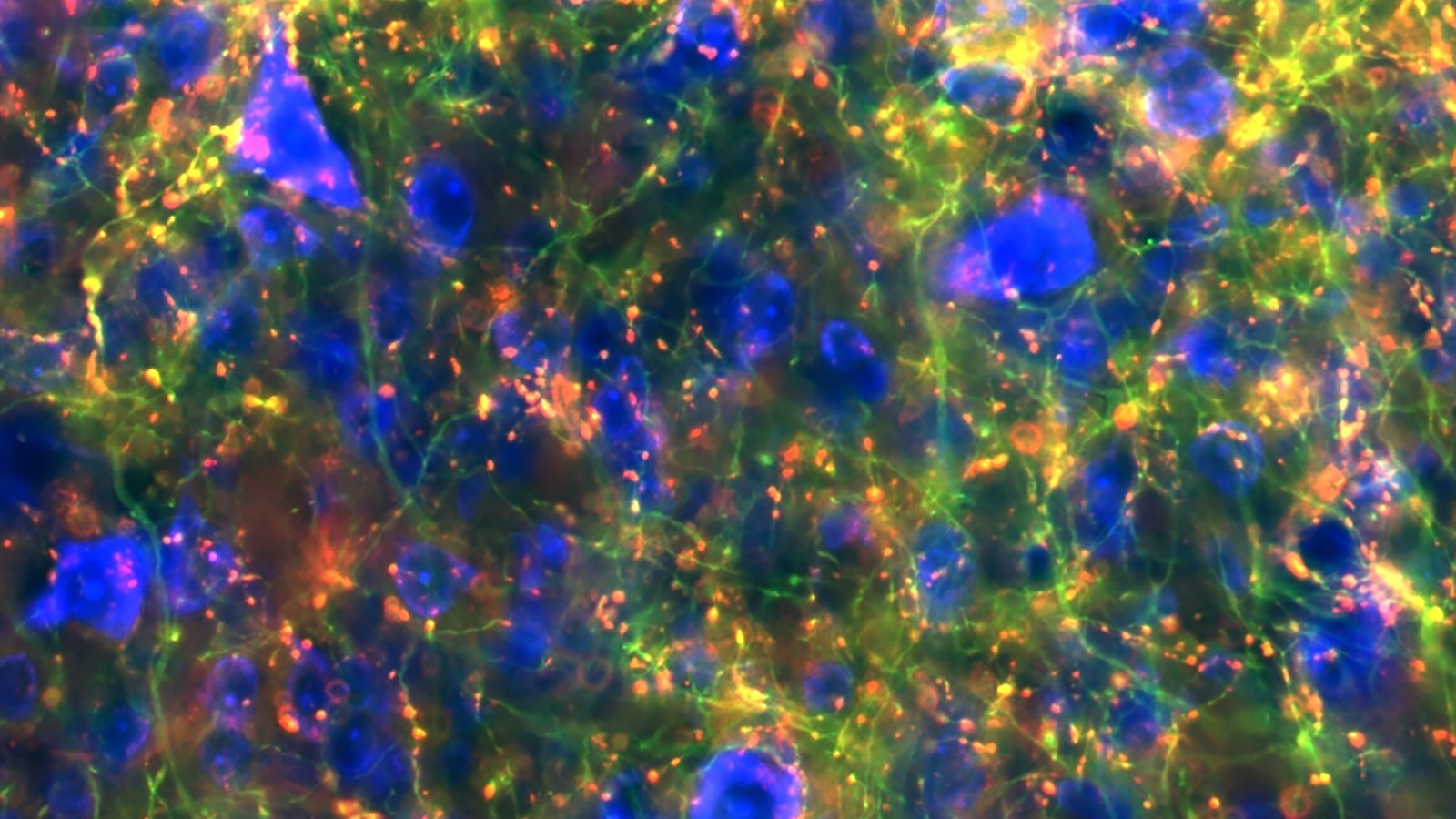
New Blueprint of Brain Connections Reveals Extensive Reach of Central Regulator
Scientists have created a connectivity map from a brain hub that regulates motor and behavior functions. The connections could open avenues for intervention of Parkinson’s disease and other disorders such as Tourette’s syndrome, ADHD and obsessive-compulsive disorder.
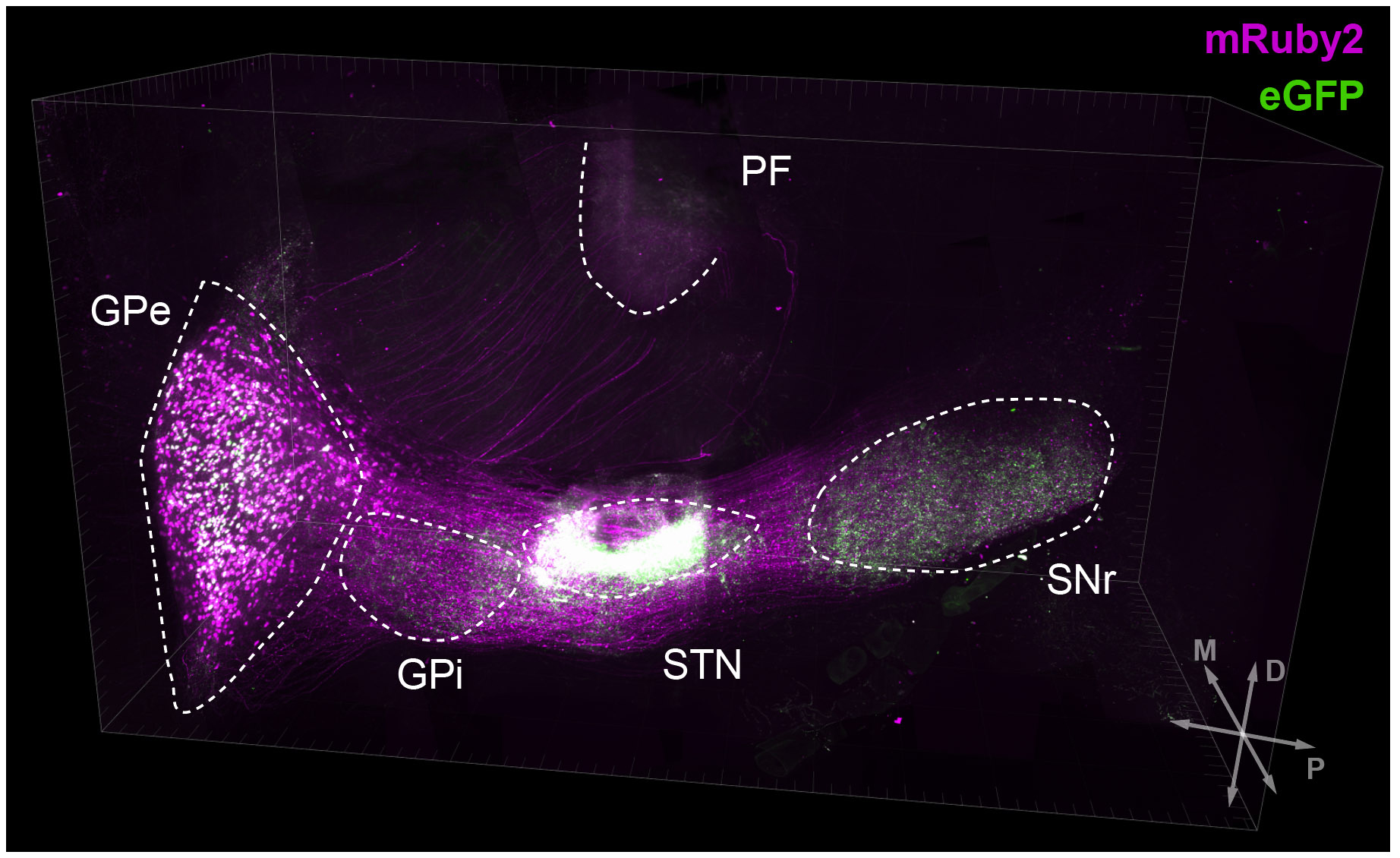
Distinct Parkinson’s Disease Symptoms Tied to Different Brain Pathways
Neurobiologists have found that identifiable brain pathways are linked with specific debilitating symptoms of Parkinson’s disease. The findings could help form the basis for improving therapeutic strategies for precise symptoms of Parkinson’s at various levels of disease progression.
Not a Musician? Your Brain Can Still Tell What’s Music
Article title: Music-selective neural populations arise without musical training Authors: Dana Boebinger, Samuel Norman-Haignere, Josh H. McDermott, Nancy Kanwisher From the authors: “We show that music-selective neural populations are clearly present in people without musical training, demonstrating that they are a fundamental…
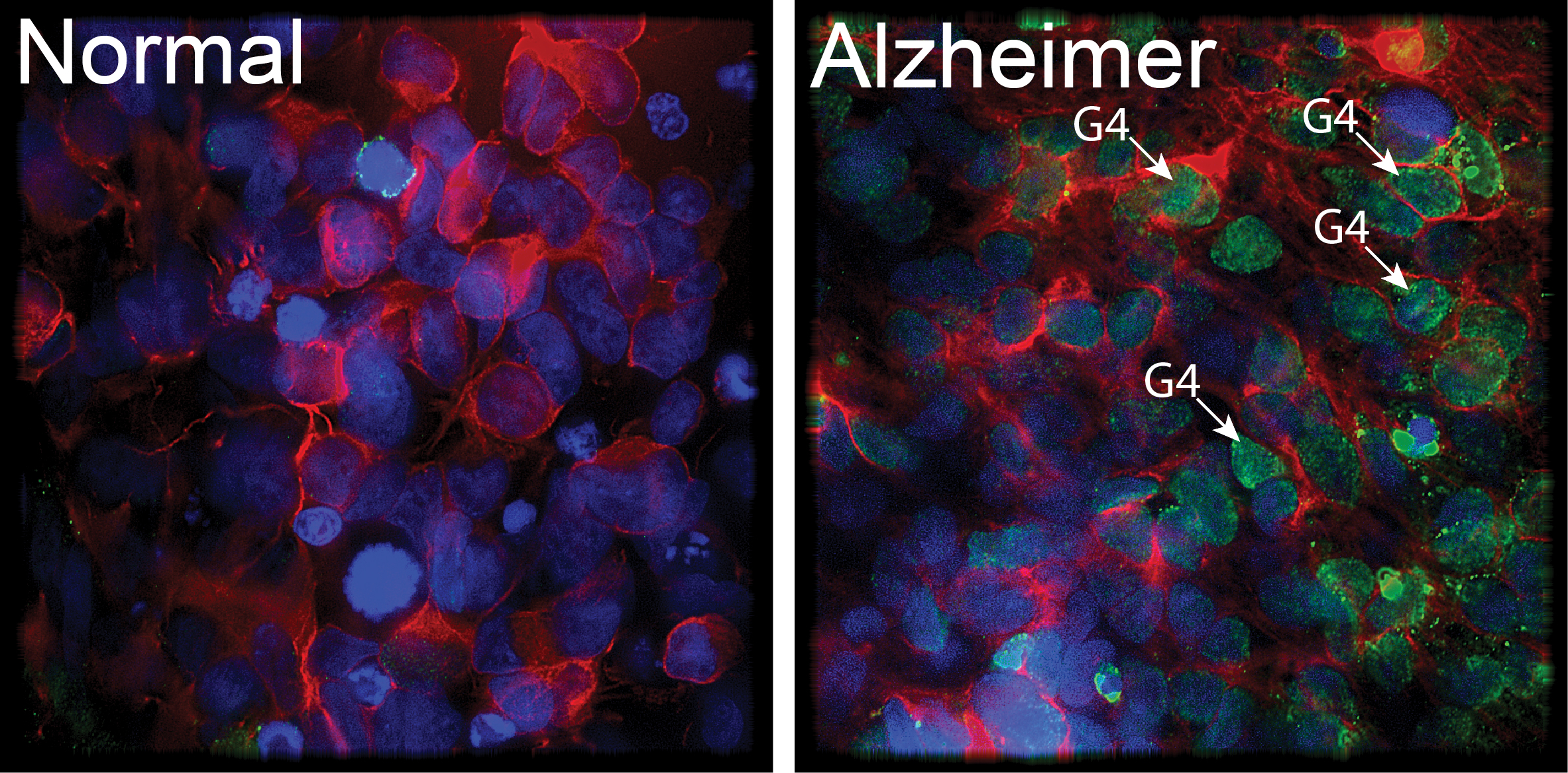
BMI1, a promising gene to protect against Alzheimer’s disease
An Canadian molecular biologist a discovers a new function for BMI1, which is known to counteract brain aging.
Hydrogen Sulfide Increases Expression of Ion Channels in the Brain
New research published ahead of print in the journal Function details the impact of hydrogen sulfide on increased expression of acid-sensing ion channels (ASICs) in the brain. Hydrogen sulfide has been identified recently as a new gasotransmitter—gaseous molecules involved in…
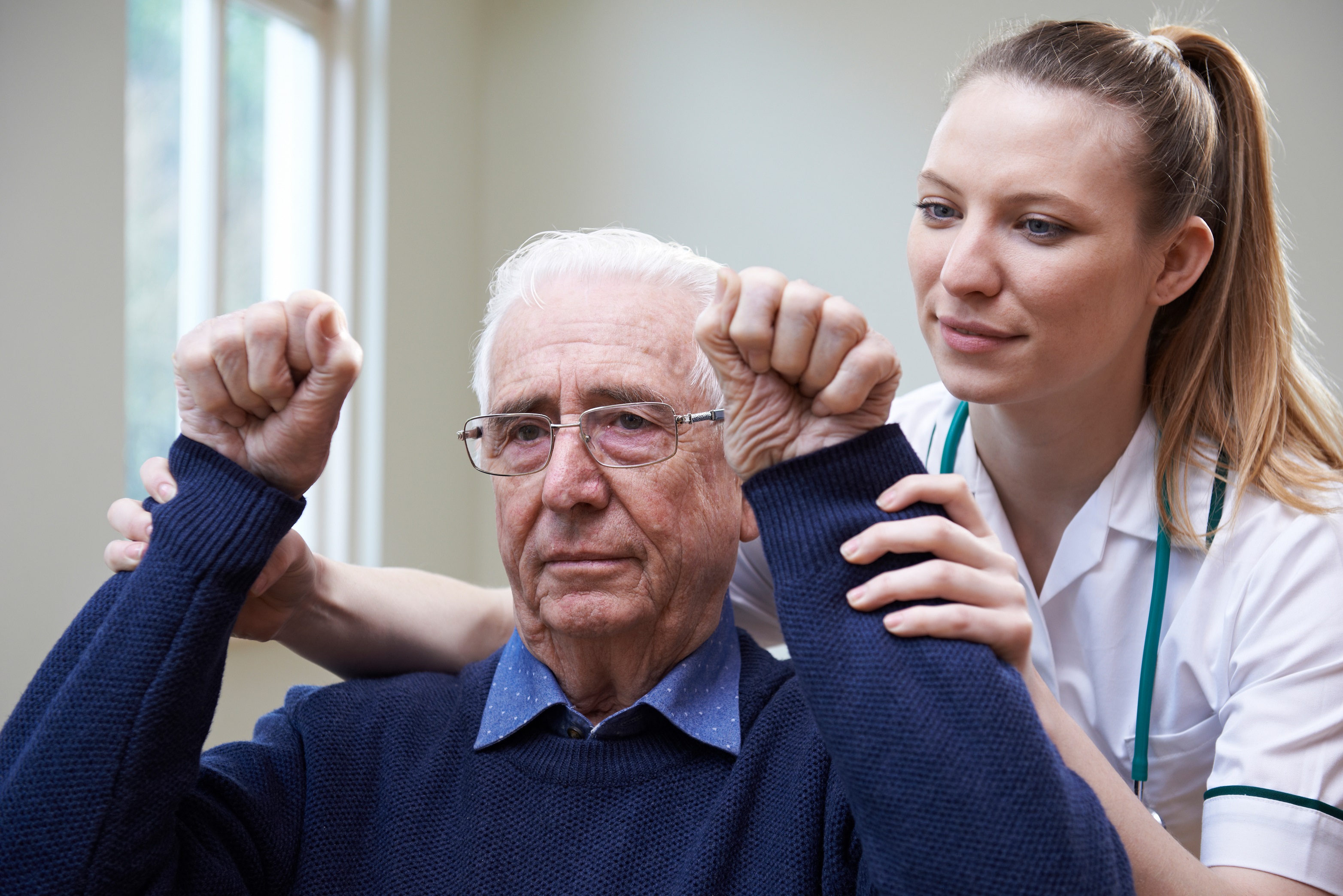
Small ‘window of opportunity’ for best recovery after stroke
An international study has shown, for the first time, that the capacity of the human brain to recover and rewire itself peaks around two weeks after a stroke and diminishes over time.

Study May Help Pregnant Women and Others ‘Scratch’ Spinal Morphine-Induced Itch
Researchers identified spinal cord neurons responsible for an itchy sensation after an epidural morphine injection and found a drug that may fix the problem without reducing morphine’s pain-killing effects.
Researchers discover lack of a protein could be the key to Alzheimer’s disease
A lack of a protein in the brain that keeps our tissues healthy as we age is linked to Alzheimer’s disease, according to recent research from The University of Texas Health Science Center at Houston (UTHealth).
Neurons stripped of their identity are hallmark of Alzheimer’s disease, study finds
Researchers at the University of California San Diego have identified new mechanisms in neurons that cause Alzheimer’s disease. In particular, they discovered that changes in the structure of chromatin, the tightly coiled form of DNA, trigger neurons to lose their specialized function and revert to an earlier cell state. This results in the loss of synaptic connections, an effect associated with memory loss and dementia.
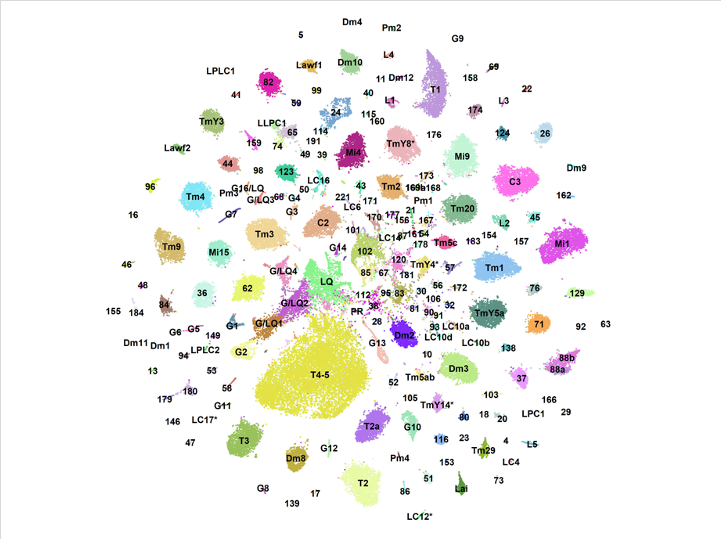
Biologists Create “Atlas” of Gene Expression in Neurons, Documenting the Diversity of Brain Cells
New York University researchers have created a “developmental atlas” of gene expression in neurons, using gene sequencing and machine learning to categorize more than 250,000 neurons in the brains of fruit flies. Their study, published in Nature, finds that neurons exhibit the most molecular diversity during development and reveals a previously unknown type of neurons only present before flies hatch.
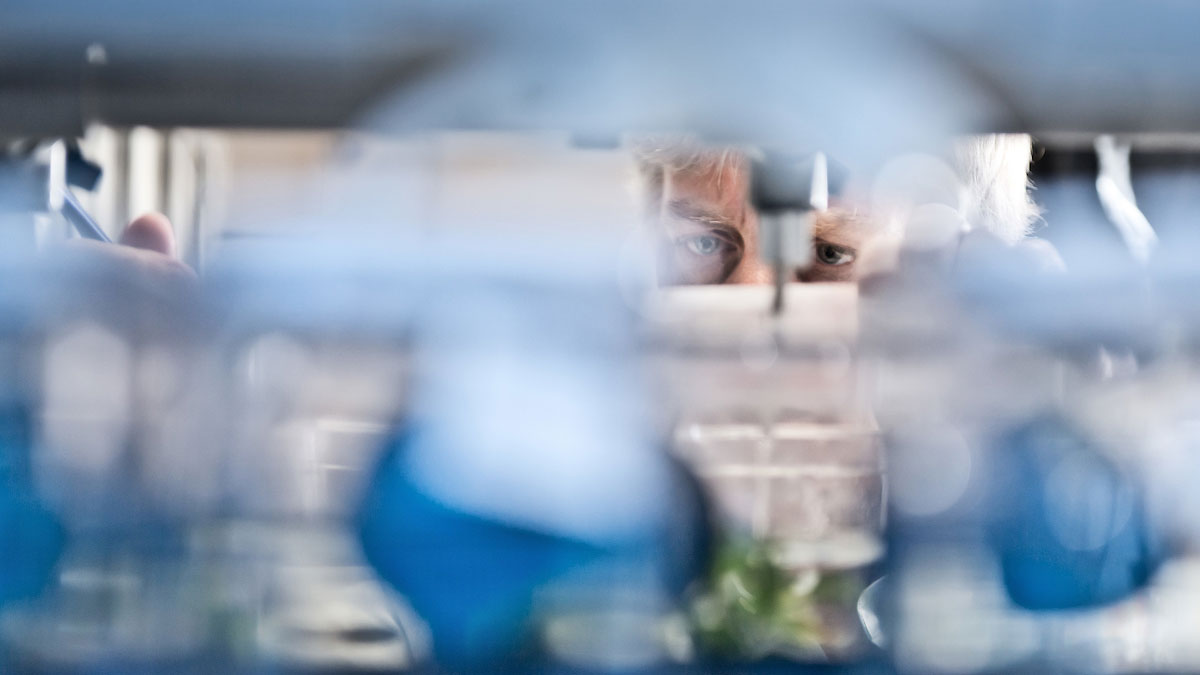
Researchers identify process for regenerating neurons in the eye and brain
A team of researchers from the University of Notre Dame, Johns Hopkins University, Ohio State University and the University of Florida has identified networks of genes that regulate the process responsible for determining whether neurons will regenerate in certain animals, such as zebrafish.

Finding Right Drug Balance for Parkinson’s Patients
Parkinson’s disease is most commonly treated with levodopa, but the benefits wear off as the disease progresses and high doses can result in dyskinesia, which are involuntary and uncontrollable movements. To better understand the underlying reasons behind these effects, researchers created a model of the interactions between levodopa, dopamine, and the basal ganglia, an area of the brain that plays a crucial role in Parkinson’s disease. They discuss their findings in the journal Chaos.
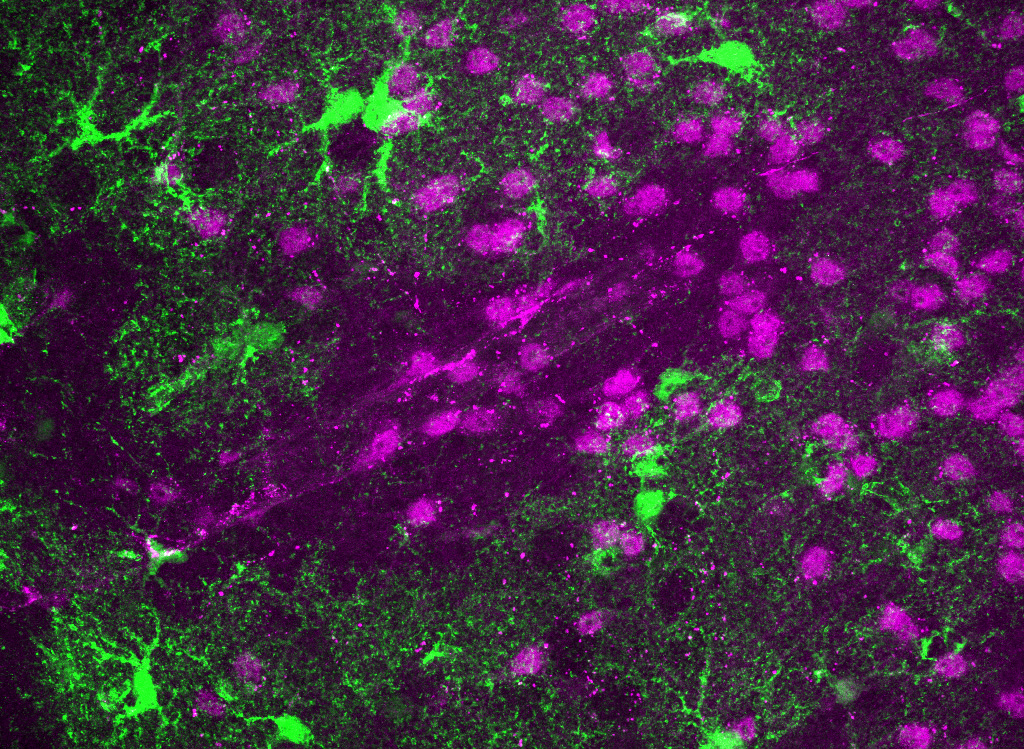
Virginia Tech scientists advance understanding of blood-brain barrier health
in a study with potential impacts on a variety of neurological diseases, Virginia Tech researchers have provided the first experimental evidence from a living organism to show that an abundant, star-shaped brain cell known as an astrocyte is essential for blood-brain barrier health.
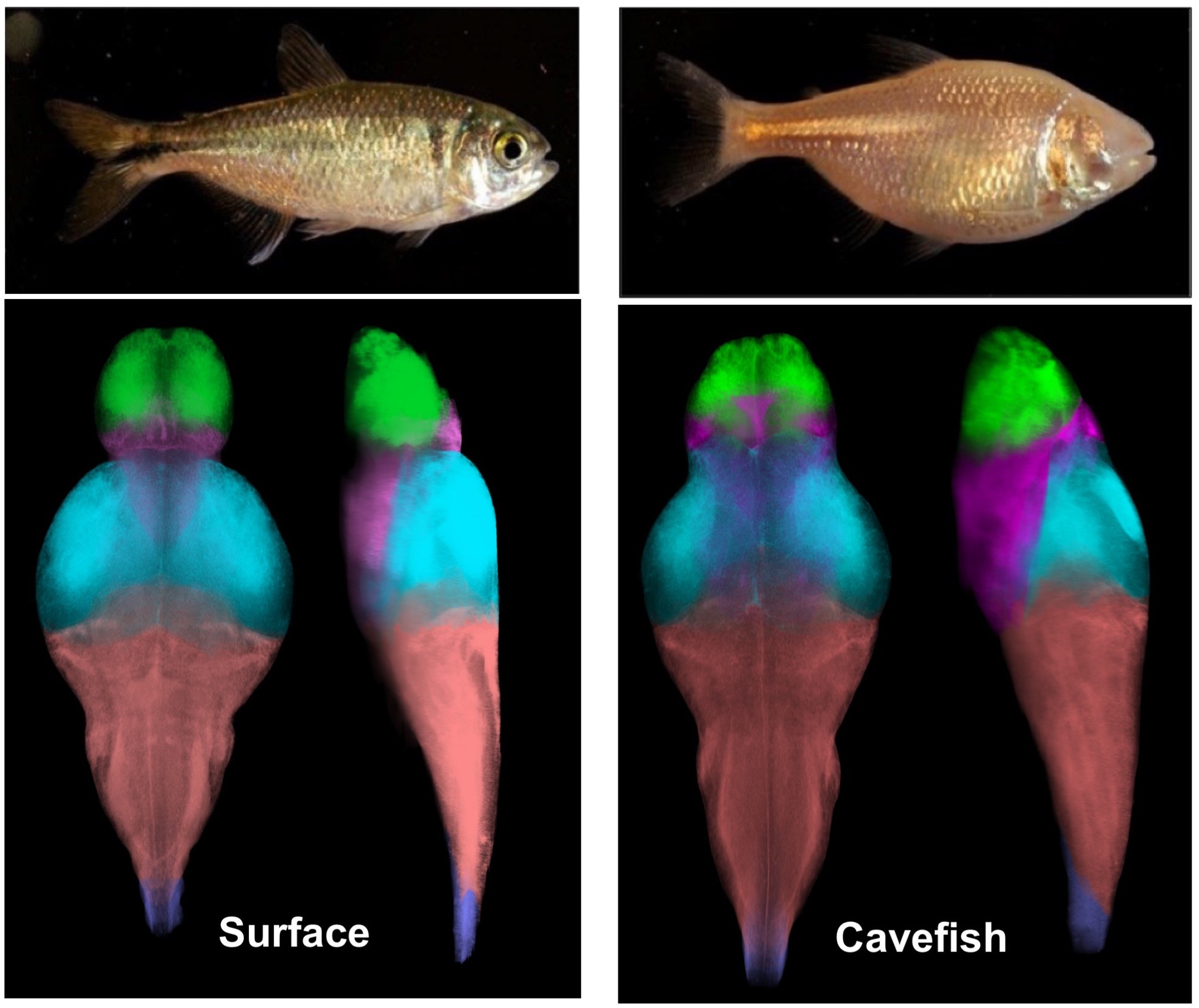
Mapping Cavefish Brains Leads to Neural Origin of Behavioral Evolution
While studied for nearly a century, little is known about how cavefish brains differ. A study is the first to look inside their brains with millimeter resolution to start to understand how the individual neurons and brain regions that drive complex behaviors, including sleep and feeding have evolved. This work has broad implications for the understanding of how brains evolve in many different animal models and is hoped to be widely used by the scientific community.

Research News Tip Sheet: Story Ideas from Johns Hopkins Medicine
During the COVID-19 pandemic, Johns Hopkins Medicine Media Relations is focused on disseminating current, accurate and useful information to the public via the media. As part of that effort, we are distributing our “COVID-19 Tip Sheet: Story Ideas from Johns Hopkins” every other Tuesday.
Unlocking the mysteries of the brain
A research team highlights the mechanisms underlying memory and learning capacity – specifically, how our brains process, store and integrate information.
Neurons thrive even when malnourished
When animal, insect or human embryos grow in a malnourished environment, their developing nervous systems get first pick of any available nutrients so that new neurons can be made.
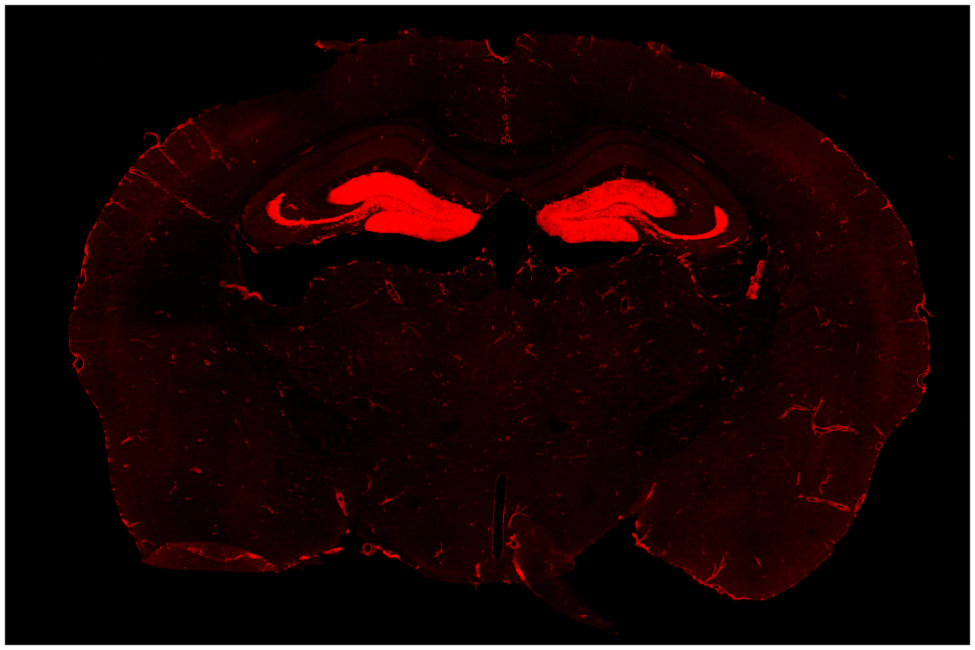
Immune from Chronic Stress? Limit Inflammatory Signaling to Specific Brain Circuits
Chronic stress is associated with the pathogenesis of psychological disorders such as depression. A study is the first to identify the role of a neuronal receptor that straddles the intersection between social stress, inflammation, and anxiety in rodent models of stress. Findings suggest the possibility of developing better medications to treat the consequences of chronic stress by limiting inflammatory signaling not just generally, which may not be beneficial in the long run, but to specific brain circuits.
The First 3D Map of the Heart’s Neurons
An interdisciplinary research team establishes a new technological pipeline to build a 3D map of the neurons in the heart, revealing foundational insight into their role in heart function and cardiac disease
A clue as to why it’s so hard to wake up on a cold winter’s morning
Winter may be behind us, but do you remember the challenge of waking up on those cold, dark days? Temperature affects the behavior of nearly all living creatures, but there is still much to be learned about the link between sensory neurons and neurons controlling the sleep-wake cycle.

They Remember: Communities of Microbes Found to Have Working Memory
Biologists studying bacterial communities have discovered that these simple organisms feature a robust memory capacity. Using light, they were able to encode memory patterns and visualize cells with memory. The discovery reveals parallels between low-level organisms and sophisticated neurons.
UNH Researchers Find Synchronization of Memory Cells Critical For Learning and Forming Memories
Researchers at the University of New Hampshire found that the neurons involved in Pavlovian learning shift their behavior and become more synchronized when a memory is being formed – a finding that helps better understand memory mechanisms and provides clues for the development of future therapies for memory-related diseases like dementia, autism and post-traumatic stress disorder (PTSD).
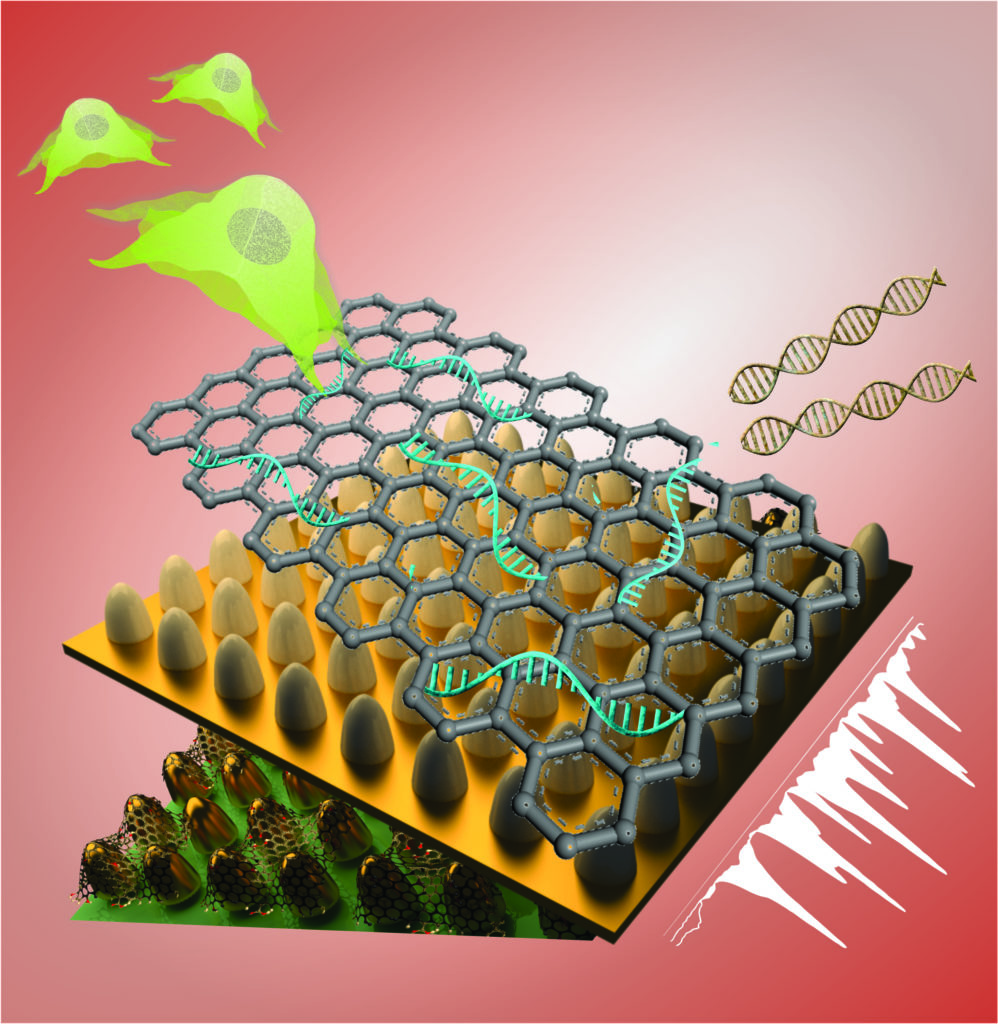
Better Biosensor Technology Created for Stem Cells
A Rutgers-led team has created better biosensor technology that may help lead to safe stem cell therapies for treating Alzheimer’s and Parkinson’s diseases and other neurological disorders. The technology, which features a unique graphene and gold-based platform and high-tech imaging, monitors the fate of stem cells by detecting genetic material (RNA) involved in turning such cells into brain cells (neurons), according to a study in the journal Nano Letters.
Single protein plays important dual transport roles in the brain
Edwin Chapman of the Howard Hughes Medical Institute and the University of Wisconsin–Madison reports that halting production of synaptotagmin 17 (syt-17) blocks growth of axons. Equally significant, when cells made more syt-17, axon growth accelerated. A wide range of neurological conditions could benefit from the growth of axons, including spinal cord injuries and some neurodegenerative diseases.